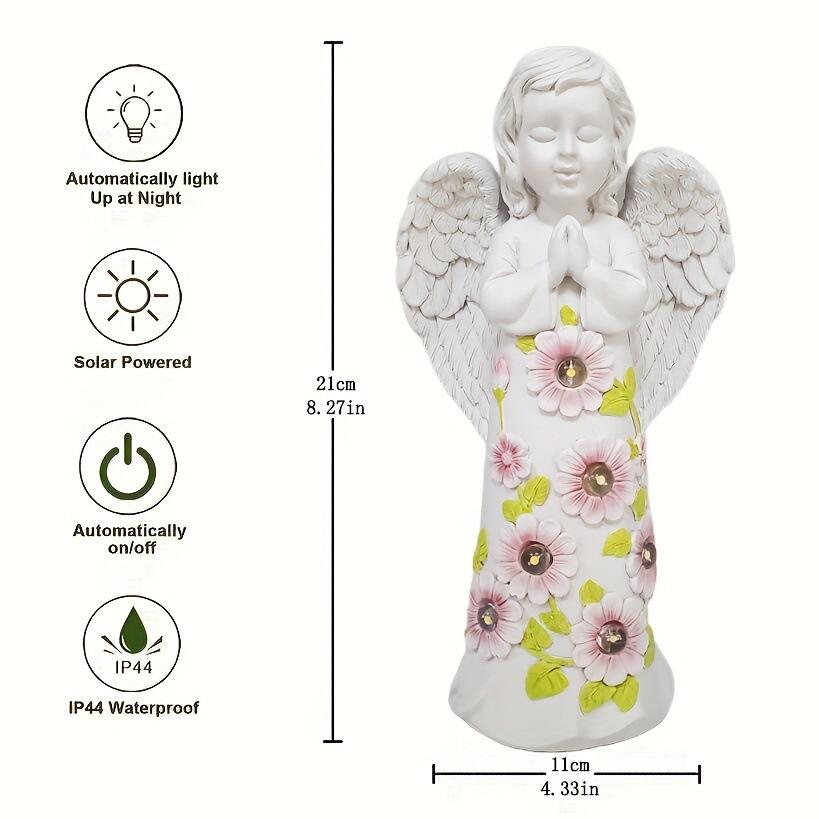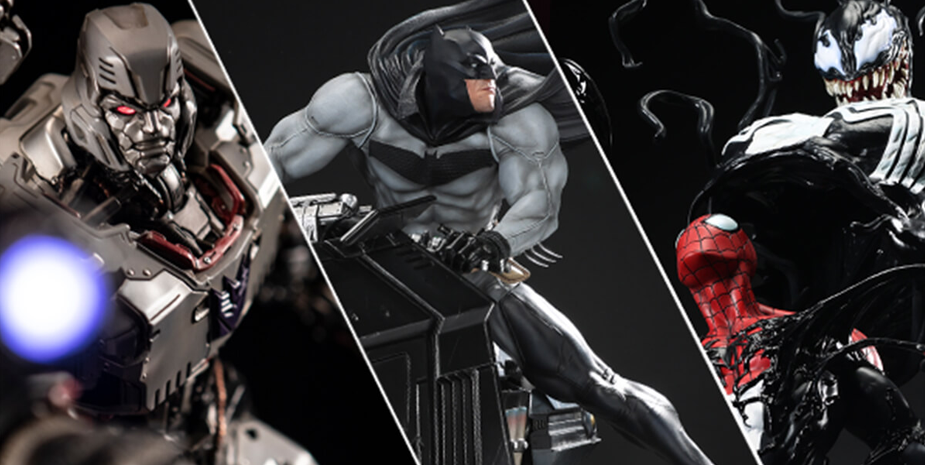장난감이 단순히 놀이용이던 시대는 이미 지나갔습니다. 디자이너 장난감 산업은 예술, 문화, 고가치 수집이 결합된 역동적인 분야로 급성장하고 있으며 빠르게 진화하고 있습니다. 열성 팬, 예술가, 투자자 모두에게 트렌드를 앞서가는 것은 취미 이상의 의미를 지닙니다. KAWS의 다음 작품을 찾고자 하는 베테랑 컬렉터든 주목할 만한 투자처를 찾고 있는 초보자든, 지금 가장 중요한 질문은 하나뿐입니다. 현재 디자이너 장난감의 미래를 형성하고 있는 힘은 무엇일까요?
이 포괄적인 가이드는 2025년 디자이너 장난감 시장의 핵심을 깊이 탐구합니다. 단순한 표면적 관찰을 넘어 디지털 혁명과 소재 혁신에서부터 가치와 매력도를 결정하는 문화적 변화에 이르기까지 가장 영향력 있는 트렌드를 분석해 제공합니다. 이러한 트렌드를 이해하면 더 현명한 구매 결정을 내릴 수 있고, 예술 형식을 보다 깊이 있게 이해하며, 앞으로 다가올 변화를 예측할 수 있습니다.

디자이너 장난감 트렌드 추적이 중요한 이유
희소성, 창의성, 문화적 관련성에 의해 움직이는 시장에서 트렌드를 아는 것은 여러 이유로 매우 중요합니다:
투자 인텔리전스: 디자인 장난감 상당한 금전적 투자가 될 수 있습니다. 트렌드를 이해하면 주식이나 유망한 신진 아티스트를 발굴하듯이 가치 상승 가능성이 높은 제품을 식별하는 데 도움이 됩니다.
문화적 소양: 이러한 장난감들은 대중문화, 예술, 기술 흐름의 바로미터입니다. 이를 추적하면 현대 디자인과 사회적 가치에 대한 독특한 통찰을 얻을 수 있습니다.
진정한 교류: 팬들에게 있어 이는 커뮤니티와의 연결입니다. 트렌드를 알면 더 의미 있는 대화를 나누고, 아티스트의 의도를 깊이 이해하며, 개인 컬렉션을 보다 세심하게 구성할 수 있습니다.
비즈니스 감각: 아티스트와 소매업체에게는 제품 개발, 마케팅 전략, 재고 계획 수립을 위해 트렌드 분석이 필수적입니다. 이는 변화하는 소비자 요구를 충족하기 위함입니다.
정확히 말해, "디자이너 장난감"이란 무엇인가? 이 분야 정의하기
트렌드를 살펴보기 전에 범위를 명확히 해야 한다. 디자이너 장난감(아트 토이, 어반 빈일 또는 수집형 피규어라고도 함)은 예술가와 디자이너가 제작한 소량 생산되는 장난감 및 조각품을 말한다.
그 특징은 다음과 같다:
예술적 우선성: 이들은 놀이 도구보다는 먼저 예술적 표현 수단으로 제작된다.
협업 및 지적 재산권(IP): 이들은 종종 예술가, 브랜드, 상징적인 지적 재산권(IP) 간의 협업을 통해 탄생한다.
소량 생산: 이들은 일반적으로 번호가 매겨진 소규모 생산 분량으로 제작되어 독점성과 가치를 높인다.
프리미엄 재료: 고품질 소재 사용 비닐, ABS 플라스틱, 폴리레진 , 때로는 나무 또는 금속 재질도 사용됩니다.
산업의 진화 방향: 2024년 최신 7대 트렌드
현재 시장은 기술 통합, 환경에 대한 인식, 그리고 복고풍에 대한 열풍이 혼합되며 형성되고 있습니다.
1. 디지털과 물리적 경계의 융합: NFT와 물리적 디지털 콘텐츠(Phygitals)
가장 혁신적인 트렌드는 디지털 자산과 물리적 자산이 매끄럽게 융합되는 것입니다.
이것이 무엇인가: 예술가와 브랜드는 물리적 장난감과 교환할 수 있는 영수증이 포함된 대체 불가능 토큰(NFT) 아트 작품을 출시하고 있습니다. 이 '물리적 디지털 콘텐츠(Phygital: Physical + Digital)' 접근 방식은 소유 이력과 진위성을 새롭게 증명하는 방식을 제공합니다.
왜 주목받고 있는가? 디지털 아트 수집가와 전통적인 장난감 수집가 모두를 대상으로 하여 커뮤니티를 확장시킵니다. 또한 블록체인 기반의 진위 및 소유권 이력에 대한 검증 가능한 인증서를 제공합니다.
참여 방법: 참여하기 위해서는 일반적으로 암호화폐 지갑과 NFT 마켓플레이스 계정이 필요합니다. 학습 곡선이 가파를 수 있지만 조기 채택자의 잠재성은 매우 높습니다.
2. 지속 가능성: 친환경 소재 및 생산
"녹색" 수집품에 대한 수요는 더 이상 마니아층의 관심이 아닌 주류 소비자의 기대가 되었습니다.
이것이 무엇인가: 브랜드들은 점점 더 재활용 플라스틱, 식물 유래 수지 (식물에서 유래된 소재)를 사용하고 포장 폐기를 줄이고 있습니다. 또한, 중고 인형에 새로운 예술적 생명을 불어넣는 "업사이클링" 장난감에 대한 트렌드도 있습니다.
왜 주목받고 있는가? 특히 젊은 세대의 수집가들은 구매를 자신의 가치관과 일치시키고자 합니다. 지속 가능한 실천은 브랜드의 평판과 매력도를 높여줍니다.
도전 과제 그 내구성과 색상 유지력 일부 신규 친환경 소재의 단점들은 수집가 시장의 높은 기준을 충족시키기 위해 아직 개선되고 있는 단계입니다.
3. 틈새 및 자체 제작 지적 재산권(IP)의 부상
디즈니나 스타워즈와 같은 대형 브랜드와의 협업이 여전히 인기를 끌고 있지만, 자체 제작 및 초특수 지적 재산권(IP)에 대한 수요는 급증하고 있습니다.
이것이 무엇인가: 예술가들은 종종 일련의 피규어를 통해 이야기를 전달하면서 자신만의 상상력에서 전체 세계와 캐릭터를 창조하고 있습니다. 또 다른 예술가들은 80~90년대의 생소한 고전적인 인기 IP에 주목하고 있습니다.
왜 주목받고 있는가? 이는 대중적인 IP가 갖기 어려운 발견과 진정성을 제공합니다. 독창적인 예술가를 후원하는 일은 보다 개인적인 연결을 느끼게 하며 창의성에 직접적인 동력을 부여합니다.
발견하는 방법: 인스타그램과 트위터에서 예술가들을 팔로우하거나, Sugo Toys 및 Superplastic 같은 큐레이션된 마켓플레이스를 둘러보며 독특한 오리지널 캐릭터를 찾아보세요.
4. 레트로 퓨처리즘과 향수 2.0
향수는 단순한 재출간을 넘어 진화하고 있습니다.
이것이 무엇인가: 이 트렌드는 단지 옛 디자인을 다시 출시하는 데 그치지 않습니다. 현대적인 시각을 통해 다시 해석하는 것을 의미합니다. 예를 들어, 고전적인 80년대 애니메이션 캐릭터를 거칠고 사이버펑크적인 감각으로 재탄생시키거나 반투명한 형광 플라스틱으로 제작하는 것이 그 예입니다.
왜 주목받고 있는가? 익숙함을 안겨 주는 동시에 신선한 즐거움을 느끼게 하는 최적의 지점을 공략합니다. 80~90년대에 어린 시절을 보낸 성인들의 여유 자금을 겨냥하면서도 신감각적이고 혁신적인 느낌을 전달합니다.
5. 초현실적 디테일 조각과 '공백(Bland)' 캔버스
서로 정반대의 양 극단이 모두 번영하고 있습니다.
하이퍼 디테일(Hyper-Detail): 텍스처 표현이 뛰어나고 정교한 웨더링 처리 및 복잡한 도장 기법을 적용한 피규어(종종 "신급" 마감이라 불림)는 매우 높은 인기를 끌고 있다. 이러한 제품들은 조각 및 제조 기술의 정점이자, 종종 첨단 성형 기술을 사용하여 제작된다. 폴리레진 미세 디테일을 표현해내는 능력으로 인해
공백(Blank Canvas): 동시에 소박한 빈일(Vinyl) 플랫폼 장난감 (전설적인 던니(Dunny)나 베어브릭(Bearbrick)과 같은)은 여전히 변함없는 인기를 자랑합니다. 단순하고 깨끗한 표면은 예술가들을 위한 캔버스가 되어 아트를 보다 접근 가능하게 하며, 수집가들이 무수히 많은 독특한 해석을 비교해볼 수 있게 합니다.
6. 접근성 및 '게이트웨이 드러그' 피규어
업계는 의도적으로 신규 수집가를 위한 입문 포인트를 창출하고 있다.
이것이 무엇인가: 많은 브랜드에서 이제 고가의 대형 제품을 소형화하고 가격을 낮춘, 보다 접근성이 높은 버전을 제공한다. 이러한 '미니' 버전, '블라인드 박스' 또는 '가챠폰' 스타일의 피규어는 입문 장벽을 낮춘다.
장점: 이러한 전략은 커뮤니티 성장을 도와주며 팬들이 고가의 작품을 부담 없이 소장할 수 있게 한다.
단점: 블라인드 박스 모델은 충동 구매를 유발할 수 있으며 특정 피규어에 대해 가격을 과도하게 상승시키는 이차 시장을 형성하기도 한다.
7. 산업 간 예술 협업
장난감 디자인, 고급 패션, 순수 미술 간 경계는 완전히 흐려졌다.
이것이 무엇인가: 장난감 브랜드와 럭셔리 패션 하우스(예: 메디콤 토이 BE@RBRICK x 펜디 ), 스트리트웨어 브랜드, 그리고 현대 미술 작가 간의 협업은 이제 흔한 현상이 되었다.
왜 주목받고 있는가? 이러한 협업은 대규모 크로스 오디언스 노출을 가져오며, 디자이너 토이를 정당한 예술 및 패션 객체의 지위로 격상시켜 그 수집 가치를 더욱 정당화합니다.
결론: 융합 위에 구축된 미래
업계의 흐름은 분명합니다: 융합입니다. 디자이너 장난감 미래는 디지털과 물리적 요소를 결합하고, 향수와 혁신을 융합하며, 예술적 완성도와 지속 가능한 실천을 조화롭게 추구하는 자의 것입니다. 수집가들에게 이는 보다 몰입감 있고 다채롭고 의미 있는 환경을 탐색할 기회를 뜻합니다. 가장 성공적인 참여자 — 예술가든, 브랜드든, 수집가든 — 은 이러한 트렌드를 일시적인 유행으로 받아들이기보다는, 예술을 유형의 형태로 창조하고 공유하며 가치를 매기는 방식 자체의 근본적 변화로 받아들일 자들일 것입니다. 호기심을 유지하고, 독창적인 예술가들을 후원하며, 끝없이 탐구하십시오. 다음의 위대한 캐릭터는 이미 머지않은 곳에 있습니다.
